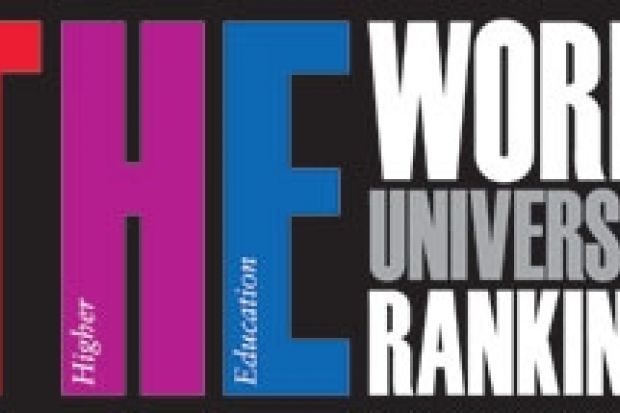It was a founding principle for a new system: every single institution listed in last year’s Times Higher Education World University Rankings volunteered for the process. In a move unprecedented in global university rankings, each actively signed up – and signed off – their institutional data.
Our mission is to be transparent and to work in concert with the global academy to publish data it can trust and to deliver performance comparisons that it values. And it was a sign of the excellent level of engagement with our new ranking system – and the widespread trust in our data partners Thomson Reuters – that close to all of the world’s leading institutions, across all continents, signed on to take part in what was at the time an untested exercise. We remain proud of that and deeply aware of our responsibilities to participants.
But inevitably, as a result of our strict policy of full cooperation, there were a few notable names missing from the 2010-11 Top 200 list.
Some institutions wanted to wait and see how such a dramatically revised methodology panned out before making a commitment to join. Others, I’m afraid to say, simply missed the repeated invitations to participate (and I accept that more could have been done on our side to encourage participation in some countries). A tiny minority do not engage with ranking exercises at all.
It was predicted that some participants that did not like the way the improved methodology reassessed their position in the global pecking order might seek to pull out this year. But this has not been our experience.
It is testament to the level of respect for the rankings’ methodology, developed in open consultation with the sector, that the database which allows THE to build the tables – Thomson Reuters’ Global Institutional Profiles Project – is bigger than ever, with well over 100 new names in the mix this year.
For example, for 2011-12 we welcome to the project big names such as the US’ University of Texas at Austin; the Chinese University of Hong Kong; China’s Fudan University; the University of Western Australia; Israel’s Hebrew University of Jerusalem; and Belgium’s Université Catholique de Louvain.
This is great news. It means that the 2011-12 rankings will be even more comprehensive and will provide a richer picture of global higher education.
But the good news comes with a caveat: the simple arrival of these entrants shakes up last year’s pecking order, even before the methodological refinements we are making come into play.
These two factors rule out any direct comparison with last year’s results. Institutions at the bottom of the 2010-11 Top 200 list, for example, may struggle to hold on to their places even if their performance has remained steady.
We can assure everybody that we are working hard to ensure that the exercise, after such dramatic reform last year, enters a period of stability as soon as possible. We can also be sure that, for the time being at least, it will continue to bruise egos and fuel controversy.
Register to continue
Why register?
- Registration is free and only takes a moment
- Once registered, you can read 3 articles a month
- Sign up for our newsletter
Subscribe
Or subscribe for unlimited access to:
- Unlimited access to news, views, insights & reviews
- Digital editions
- Digital access to THE’s university and college rankings analysis
Already registered or a current subscriber? Login
